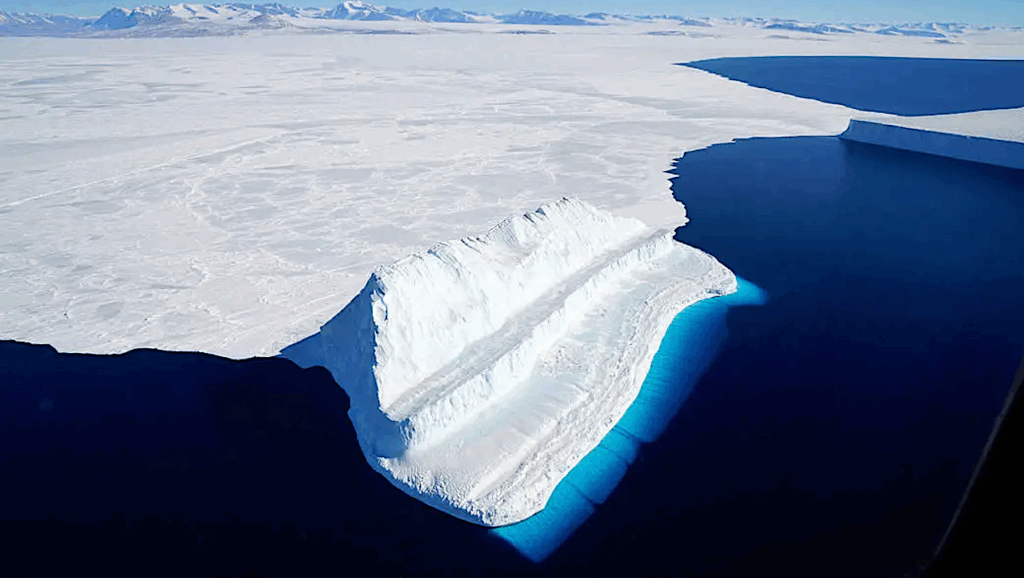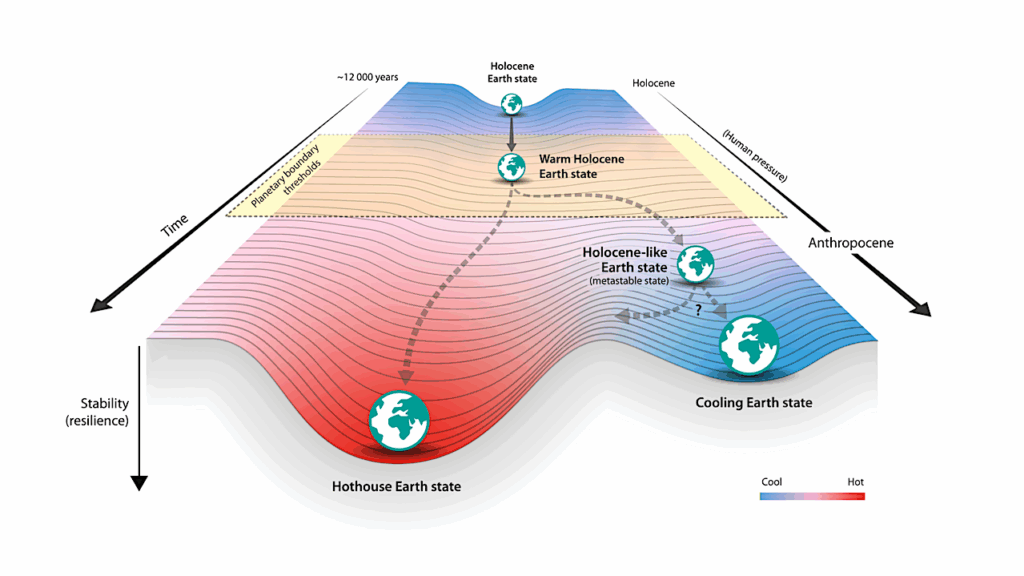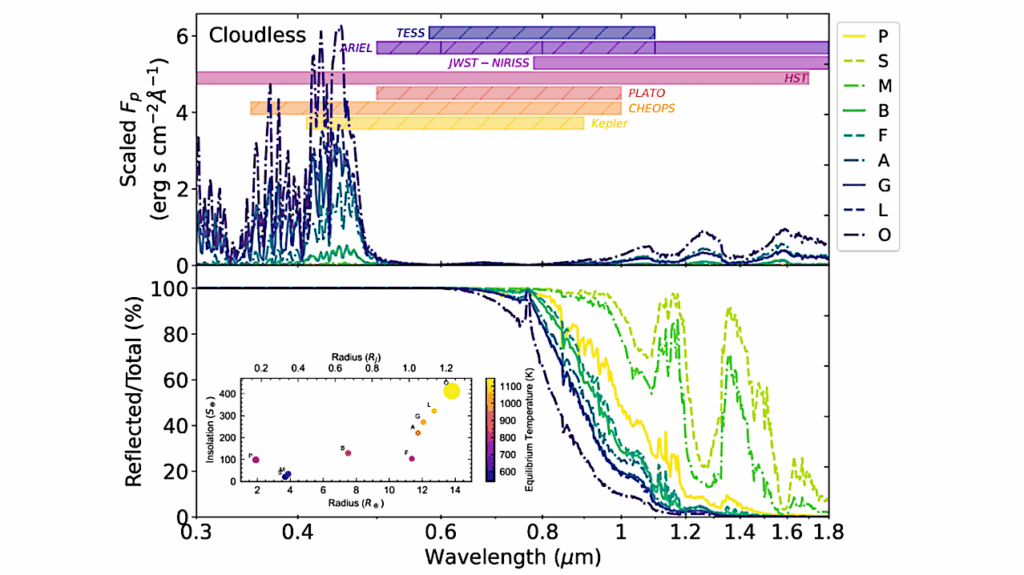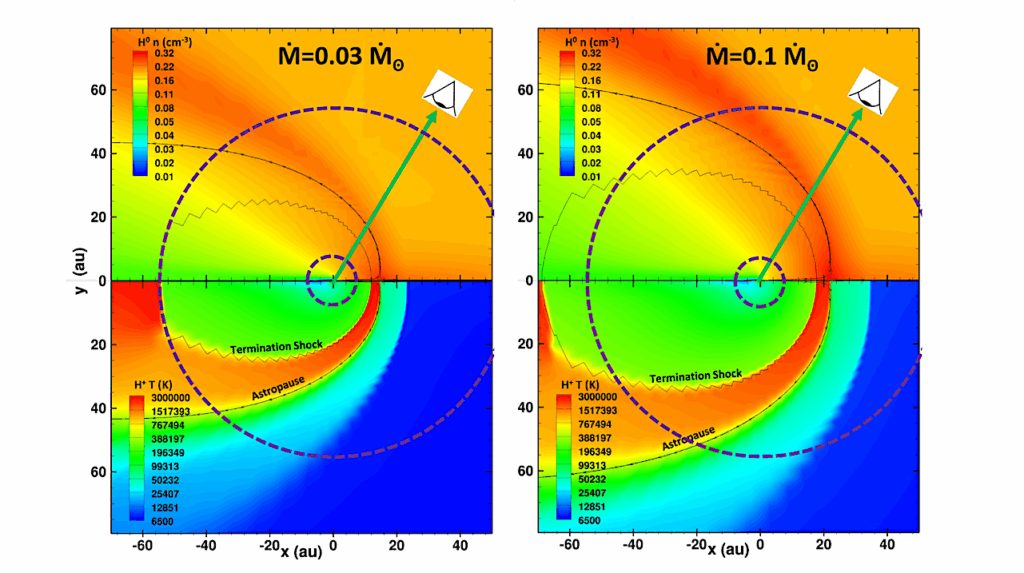Expanding Mars Climate Modeling: Interpretable Machine Learning for Modeling MSL Relative Humidity
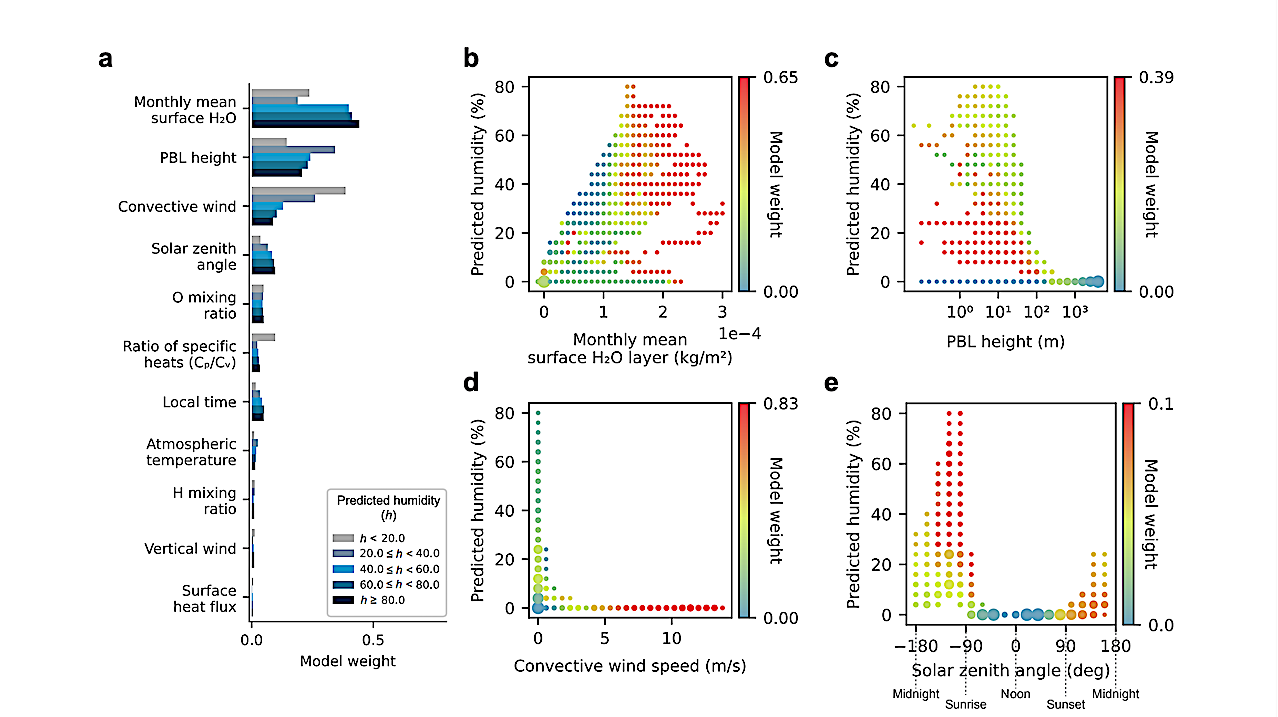
For the past several decades, numerous attempts have been made to model the climate of Mars with extensive studies focusing on the planet’s dynamics and the understanding of its climate.
While physical modeling and data assimilation approaches have made significant progress, uncertainties persist in comprehensively capturing and modeling the complexities of Martian climate. In this work, we propose a novel approach to Martian climate modeling by leveraging machine learning techniques that have shown remarkable success in Earth climate modeling.
Our study presents a deep neural network designed to accurately model relative humidity in Gale Crater, as measured by NASA’s Mars Science Laboratory “Curiosity” rover. By utilizing simulated meteorological variables produced by the Mars Planetary Climate Model, a robust Global Circulation Model, our model accurately predicts relative humidity with a mean error of 3\% and an R2 score of 0.92. Furthermore, we present an approach to predict quantile ranges of relative humidity, catering to applications that require a range of values.
To address the challenge of interpretability associated with machine learning models, we utilize an interpretable model architecture and conduct an in-depth analysis of its internal mechanisms and decision making processes.
We find that our neural network can effectively model relative humidity at Gale crater using a few meteorological variables, with the monthly mean surface H2O layer, planetary boundary layer height, convective wind speed, and solar zenith angle being the primary contributors to the model predictions.
In addition to providing a fast and efficient method to modeling climate variables on Mars, this modeling approach can also be used to expand on current datasets by filling spatial and temporal gaps in observations.
Nour Abdelmoneim, Dattaraj B. Dhuri, Dimitra Atri, Germán Martínez
Comments: 13 pages, 7 figures
Subjects: Earth and Planetary Astrophysics (astro-ph.EP); Instrumentation and Methods for Astrophysics (astro-ph.IM); Machine Learning (cs.LG)
Cite as: arXiv:2309.01424 [astro-ph.EP] (or arXiv:2309.01424v1 [astro-ph.EP] for this version)
Submission history
From: Nour Abdelmoneim
[v1] Mon, 4 Sep 2023 08:15:15 UTC (8,104 KB)
https://arxiv.org/abs/2309.01424
Astrobiology,


